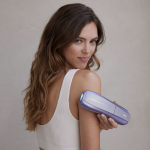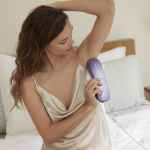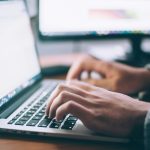We don’t doubt your Pilates classes are great, however, there are always ways to make them better. One incredibly useful way of doing so is by incorporating props, which can add a dynamic dimension to your teaching.
That said, introducing props into your Pilates classes is easier said than done. You can’t purchase a load of props and start using them just like that — you need to think carefully about things like their purposes, your client’s requirements, and how to properly use the props to ensure safe and effective usage.
So, to help you introduce props to your Pilates classes, we’ve written a guide on the topic. Read on for tips on fret-free Pilates props usage.
Choose quality props
Firstly, investing in high-quality props is a no-brainer, as poorly made equipment can lead to frustration, or even worse, injury. It’s also a good idea to regularly check your equipment for wear and tear, and ensure that clients are using it correctly.
Should the worst come to worst, however, then it’s crucial to have Pilates insurance in place. As fitness insurer Salon Gold explains: “Even as a qualified and competent fitness professional, the right Pilates instructor insurance is essential to protect you and your business.” Having this ensures that your insurance company and not you pay out for expenses like compensation costs and legal fees arising from injuries.
Understand the purpose
Before incorporating any props into your classes, it’s essential to understand the purpose behind their use. They can be utilised for various reasons, including to provide support, resistance, and a variety in exercises. Each prop serves a specific function, so you must select the right one for the desired outcome.
It would help if you also took the time to educate yourself on the proper use of props. By attending workshops and courses that focus on prop-based Pilates exercises, you can learn from experienced instructors who can help you refine your technique and understand the subtleties of prop-based teaching.
Start with the basics
While there are many types of Pilates props you can use in your classes, it’s advisable to begin with fundamental equipment like mats, foam rollers, and resistance bands. These are versatile, relatively easy to incorporate into your sessions, and simple for your clients to use. As you become more comfortable, you can gradually introduce other props like stability balls, Pilates rings, or magic circles into your classes.
When introducing a new prop, provide clear demonstrations and explanations to ensure safe and effective usage. Clients need to understand how a piece of equipment works, what muscles it targets, and its role in the exercise.
Adapt to individual needs
Not every client will require or benefit from the same props. Assess each individual’s needs and abilities, and tailor the use of props accordingly — as well as your classes in general. Some clients may need props for support, for example, while others may benefit from increased resistance to challenge their strength and flexibility.
Be sure to welcome feedback from your clients about their experiences with the props too, as this will help you tailor your classes going forward.





